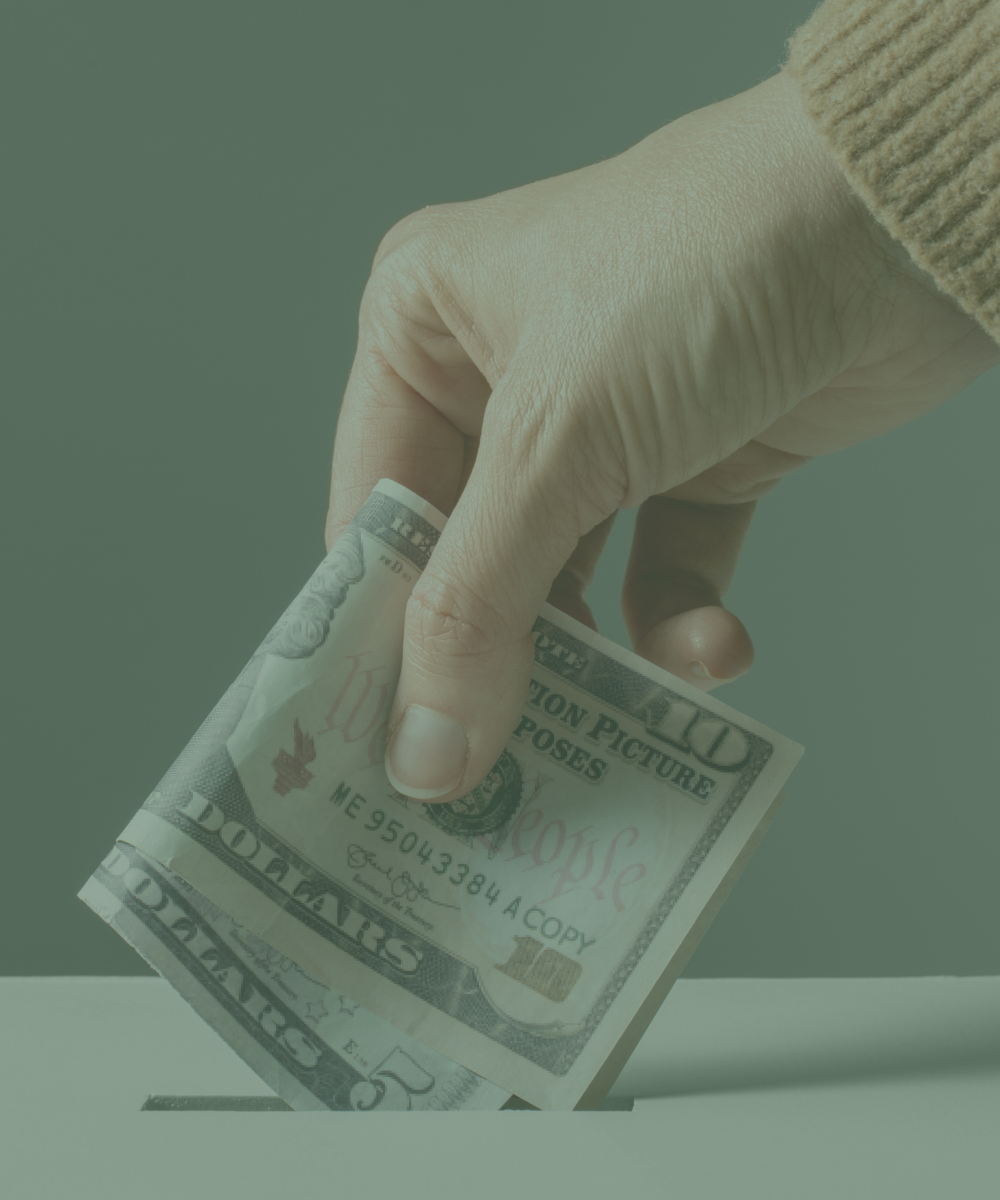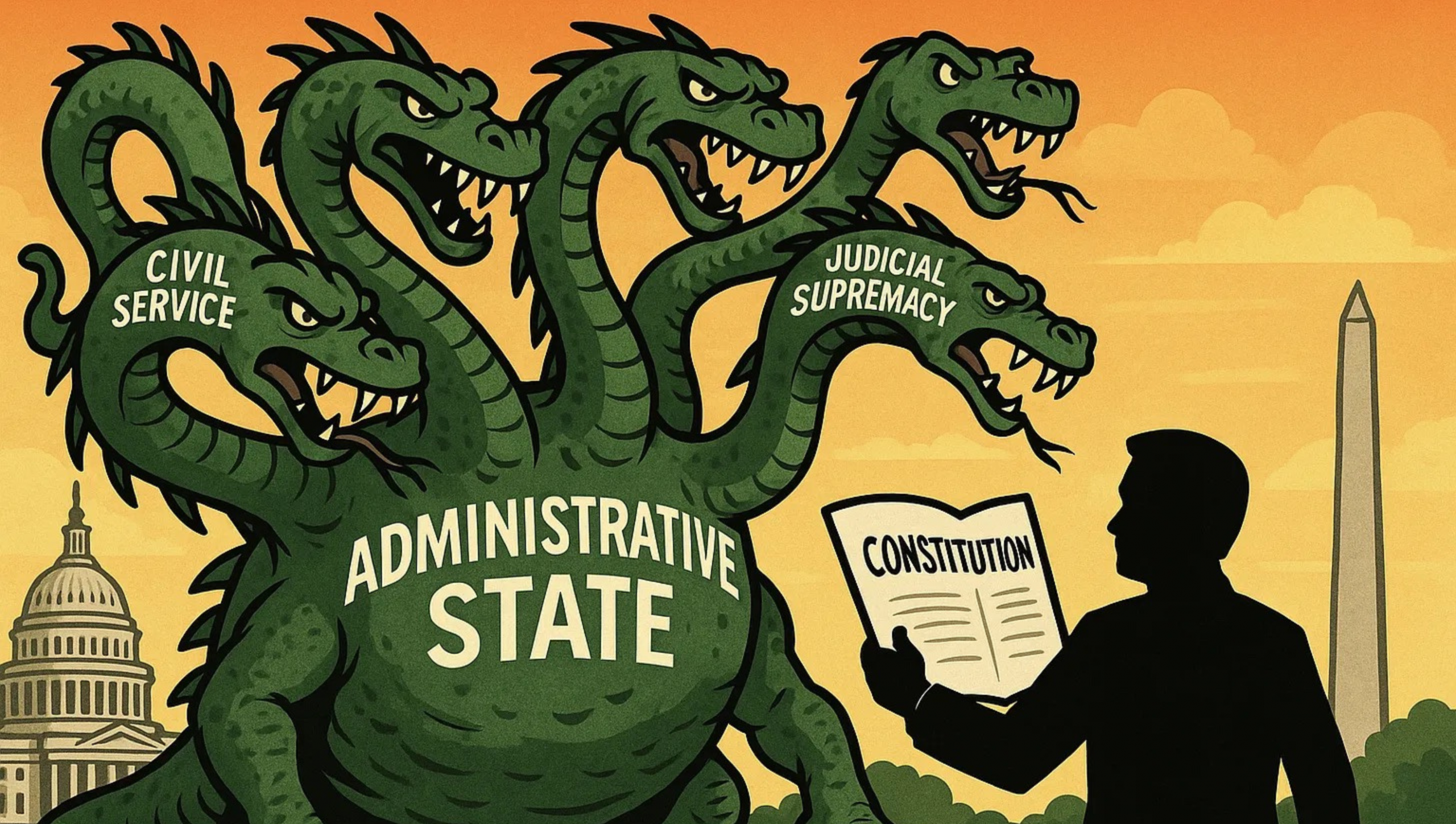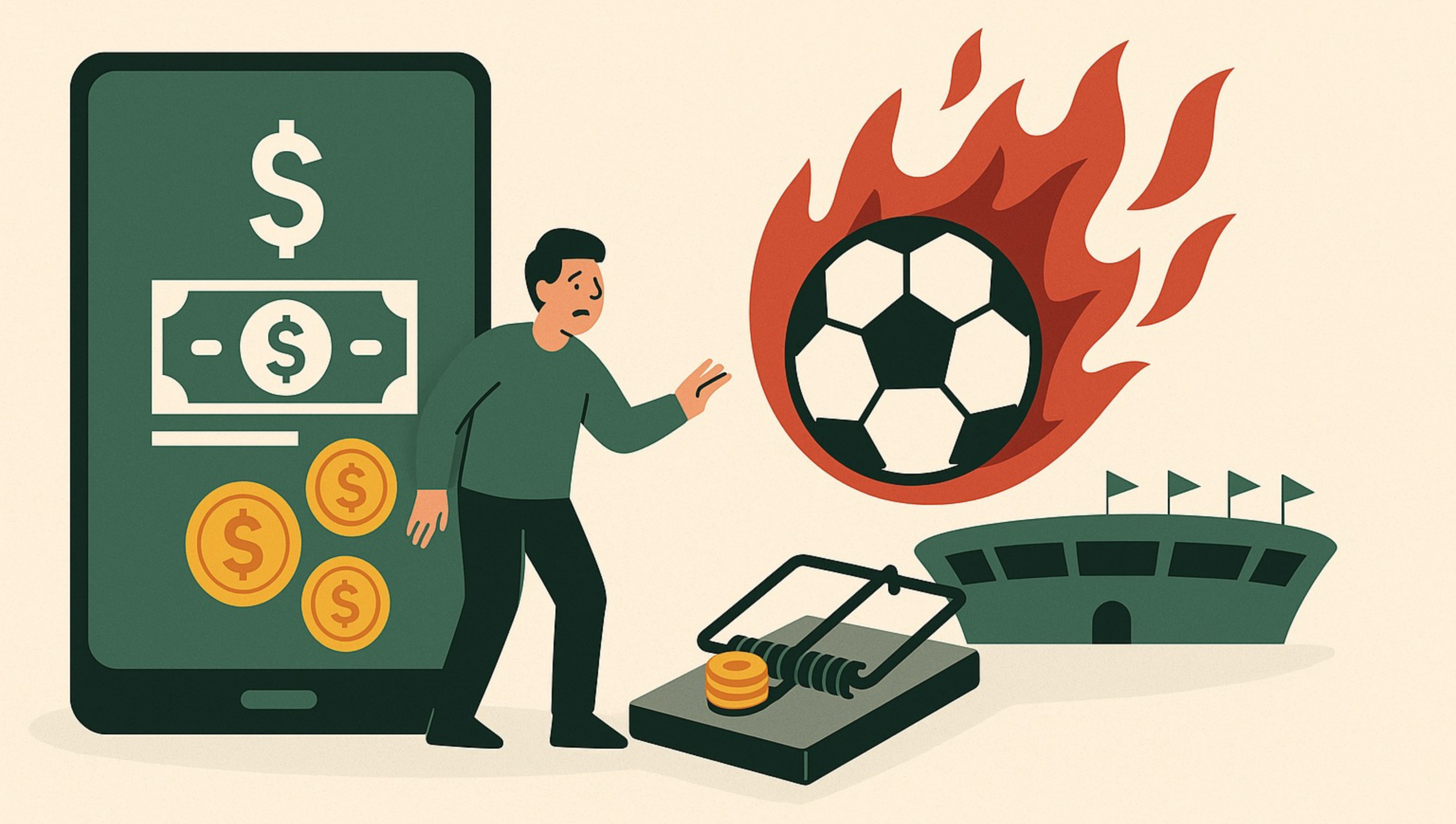A Review of Legislation in the 1st Called Special Session
Executive Summary
Texas’ property tax system is broken. And so is the method of property tax relief Texas politicians have been touting to voters over the last seven years. Despite spending at least $35 billion on property tax “relief” since 2019—the relief is really increased spending on public schools, and the property tax levy is projected to have skyrocketed by $34.8 billion by the end of the 2026 tax year. There has been no real relief.
One of the main reasons for this is while Texas politicians increase spending on the public schools hoping to make a dent in property taxes, they are also allowing cities, counties, special districts, and school districts to rapidly increase spending and the property tax revenue to pay for it. This is because the limits the Legislature placed on property tax growth in 2019 are riddled with loopholes.
If Texans are to receive meaningful, long-term property tax relief through a coherent path to property tax elimination, the Texas Legislature should make a Voter-Approval Rate equal to a revamped No-New-Revenue Rate. This would require voter approval for any increase in property tax revenue for local taxing entities. Two steps are necessary to accomplish this:
- Transparency – Make the No-New-Revenue Rate actually result in no new revenue for local taxing entities. This requires removing all current exceptions that allow certain revenue, like revenue from new development, to be excluded from the No-New-Revenue Rate calculations
- Accountability – Reset the Voter-Approval Rate to 0%. This also requires removing all current exceptions that allow certain revenue to be excluded from the Voter-Approval Rate calculations. And requires eliminating any allowances for growth, like the current 3.5% growth for cities and counties.
Additionally, the Legislature must put in place spending limits on all local governments that restrict spending increases to no more than population growth plus inflation.
To date, no bills have been filed in the 1st Called Special Session of the Texas Legislature that would fully accomplish these goals. But we survey some below that move in the right direction.
Once these limits are in place, then the Legislature can then return to eliminating local property tax using 100% of future budget surpluses.
The Broken Texas Property Tax Relief Engine
Over the past seven years Texans were promised “property-tax relief,” yet tax bills have kept climbing. The reason is straightforward: cities, counties, school districts, and special districts have raised their levies fast enough to finance rapid spending growth, erasing almost every dollar the Legislature tried to return to taxpayers.
From 2018 through projections for 2027, aggregate property-tax collections are on track to swell by about $34.8 billion—an increase of 55 percent. That figure closely matches the roughly $35 billion the Legislature has pumped into school-finance formulas under the banner of relief. The result is that in every session except 2023 the tax hike has actually outstripped the relief.
Two conclusions follow. First, spiraling local spending has swallowed any real benefit to taxpayers of the Texas Legislature’s “tax relief” efforts. Second, the overall tax burden has grown heavier: combine the state’s new school spending and the extra local taxes and Texans tax burden will have increased by nearly $70 billion by 2026.
Why have past efforts failed? The answer lies in porous limits on property tax increases enacted by the Legislature in 2019. That year, lawmakers adopted a “no-new-revenue” benchmark and voter-approval triggers: in theory, most cities and counties need an election to hike collections more than 3.5 percent above the benchmark; schools face a 2.5 percent trigger and most special districts 8 percent.
However, the limits are riddled with loopholes. New property value from improvements is excluded from the no-new-revenue benchmark. Levies for certain criminal-justice costs, indigent health care, indigent defense, and county hospitals are likewise left out. When calculating the Voter-Approval Rate, jurisdictions can also ignore revenue used for disaster recovery, pollution-control equipment, and any “unused” revenue from the prior three years. Additionally, cities and special districts with populations less than 30,000 do not have to hold voter approval elections even if they exceed the threshold.
The outcome is predictable: counties that are supposedly capped at 3.5 percent annual growth have expanded their property-tax revenue by an average of 8.48 percent per year since 2018, while cities have grown by roughly 7.05 percent.
In short, local governments have pocketed the would-be property tax savings every session, and lawmakers keep repeating the cycle. Before pouring still more state dollars into “relief” during the current special session or future sessions, Austin must rethink its approach. No matter how many times the Legislature labels its increasing appropriations for public schools “property-tax relief,” only after these structural loopholes are closed and local spending is truly restrained will Texans start receiving lower property bills—and that’s what really matters
Legislation Limiting Property Tax Revenue Growth
The most direct way to limit property tax increases is to eliminate all the loopholes in the current property tax revenue limits and then make the Voter-Approval Rate equal to a true No-New-Revenue Rate. Doing this would put strong limits on revenue increases by local governments. And if local governments think they need more tax money from their constituents, all they have to do is ask them for it. While no bills filed this session would fully accomplish this, here is a survey of bills that would take Texas in the right direction and could be greatly approved by amendment.
Senate Bill 9 – Sen. Paul Bettencourt
SB 9 is the Texas Senate’s priority bill on property tax relief. The bill is a slight improvement over the status quo but falls far short of putting meaningful limits on property tax revenue growth. Its two primary provisions are:
- For cities and counties with a population of 75,000 or more, SB 9 lowers the revenue growth above the No-New-Revenue Rate that triggers a voter approval election from 3.5% to 2.5%.
- For cities and counties with a population of less than 30,000, SB 9 for the first time subject them to a voter approval election if their revenue growth above the No-New-Revenue Rate is 3.5% or above.
However, SB 9 does not eliminate any of the other exemptions that apply to either the No-New-Revenue Rate or the voter-approval rate. And it leaves the Voter-Approval Rate for special districts at 8%. It will have a minimal effect, if any, on slowing down the growth of property taxes.
House Bill 43 – Rep. Brian Harrison
HB 43 eliminates almost all exemptions, including those for unused revenue, from the calculation of the Voter-Approval Rate except for the under 30,000 population exemption for cities and special districts. It makes the Voter-Approval Rate equal to the No-New-Revenue Rate. This would place stronger limits on the calculation of the Voter-Approval Rate and is the best bill filed so far this session. But it does not address the exemptions that currently apply to the No-New-Revenue Rate, including the exemption for new property value.
House Bill 47 – Rep. Brian Harrison
HB 47 prohibits the growth of city or county property tax revenue by more than the state’s population growth plus inflation. Since 2018, the Legislative Budget Board’s projection of the state’s population growth plus inflation has averaged 4.4%. Given that during that period, city property tax revenue has increased annually by 7.55%, counties by 6.89%, and special districts by 6.05%, HB 47 would be a significant improvement. It also requires that any revenue in excess of these limits is applied to property tax reductions. Yet, it does not stop revenue growth without voter approval.
Senate Bill 3026 – Sen. Paul Bettencourt (Regular Session)
During the recent regular session, Sen. Bettencourt filed SB 3026 (similar to Rep. Cody Vasut’s HB 55). Like Rep. Harrison’s HB 43, it made the Voter-Approval Rate equal to the No-New-Revenue Rate. But it also removed new property value from the calculation of the No-New-Revenue Rate. While it still left many exemptions in place, it is still by far the best bill yet filed for providing property tax relief (together, Rep. Harrison’s regular session bills HB 5226 and HB 250 accomplish the same thing). Sen. Bettencourt’s SB 9 falls far short of SB 3026 when it comes to providing property tax relief to Texas property owners.
Filed Legislation Limiting Local Government Spending
An indirect way of limiting property tax increases is to put limits on spending growth by local governments and schools. If spending growth is limited, it is likely revenue growth will be limited as well. Since these bills allow spending to increase as much as population growth plus inflation, based on historical averages (see above) spending would likely grow by around 4.4% annually. This means property tax revenue would likely increase at least at that rate as well.
House Bill 117 – Carl Tepper. HB 133 – Matthew Morgan.
These bills limit spending growth by all local taxing entities to the increase of population growth plus inflation. Limits can be exceeded if approved by two-thirds of an entity’s voters. Disaster relief costs are not included under the limit. These are the best of the spending limit bills.
House Bill 63 – Briscoe Cain. HB 89 – Stan Gerdes. HB 104 – Cecil Bell.
These bills limit city and county spending growth to the increase of population growth plus inflation, excluding bond revenues. Limits can be exceeded in the case of a disaster declaration or if approved by a majority of the entities’ voters.
Conclusion
None of the bills filed to this point in the special session will provide the certainty of lasting property tax relief Texas property owners are looking for. Texans should push their local and statewide elected officials until they pass legislation that stops the growth of local government revenue from property taxes without voter permission.
Texans for Fiscal Responsibility relies on the support of private donors across the Lone Star State in order to promote fiscal responsibility and pro-taxpayer government in Texas. Please consider supporting our efforts! Thank you!
Get The Fiscal Note, our free weekly roll-up on all the current events that could impact your wallet. Subscribe today!




